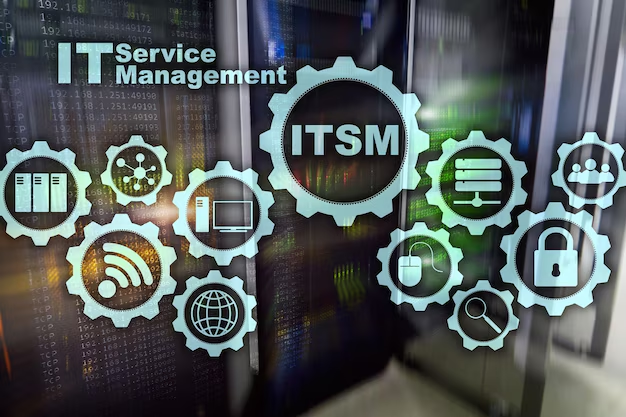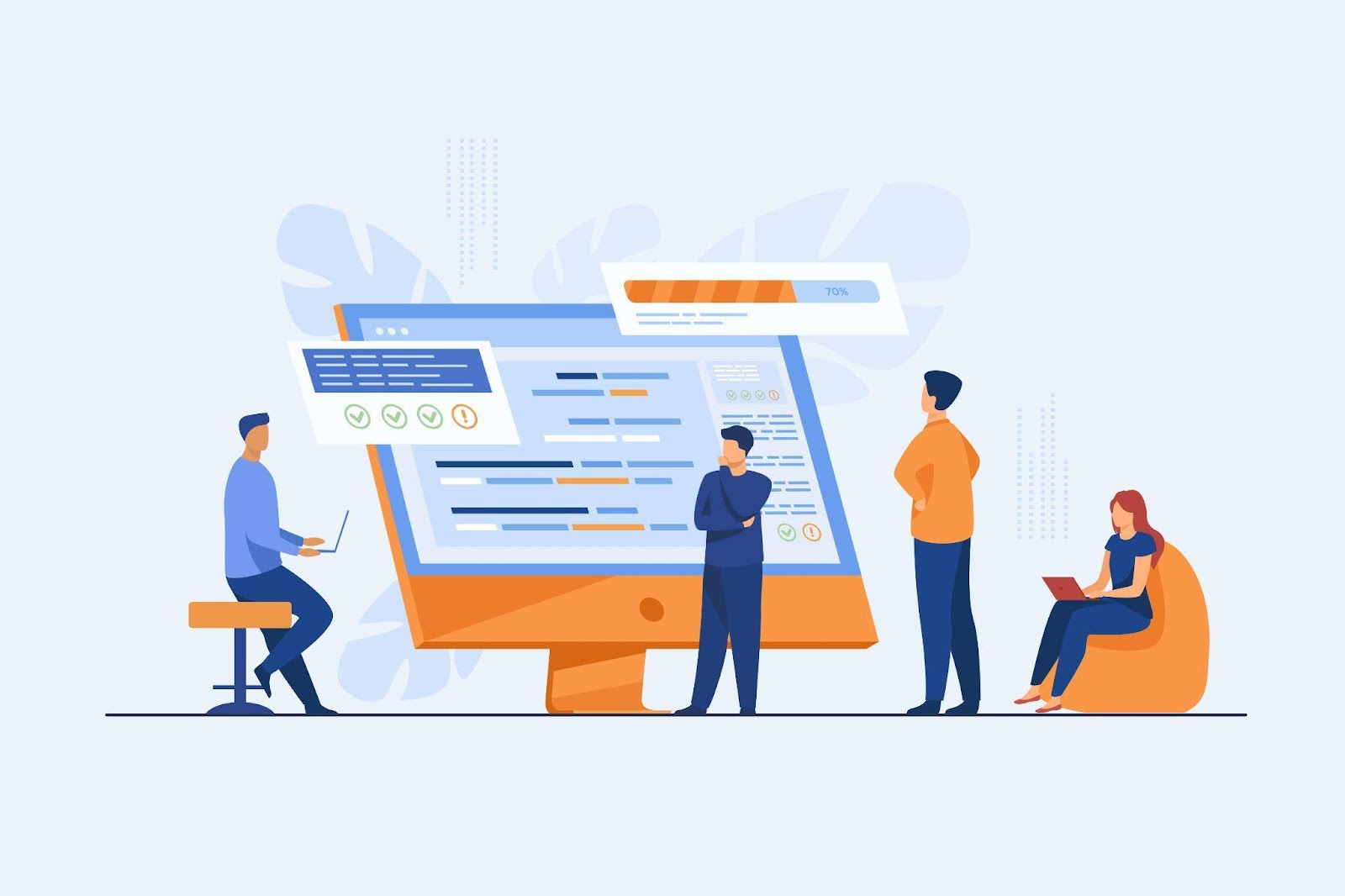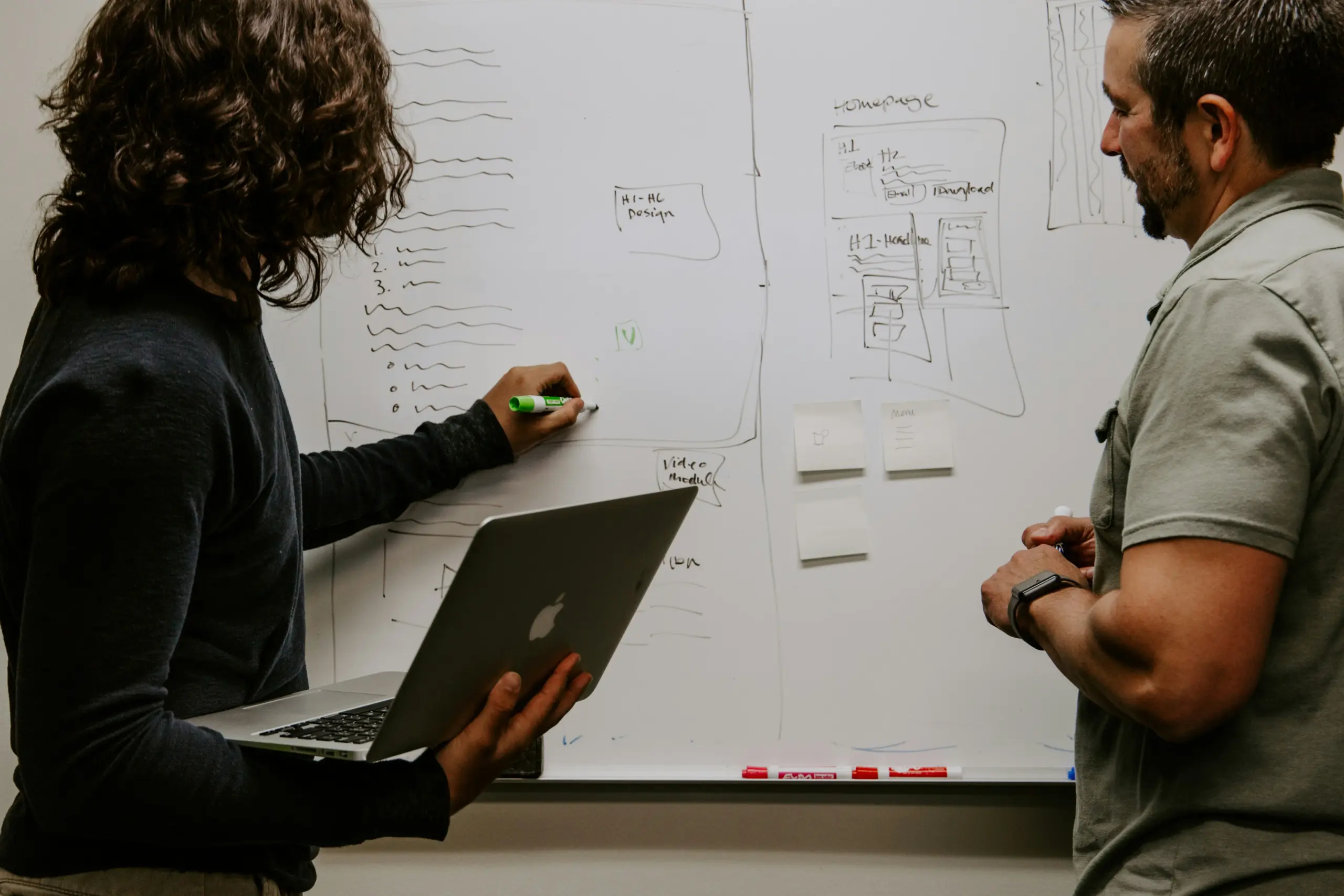Managing IT systems efficiently becomes a priority as companies scale and technology grows more complex. Two key approaches—IT Operations Management (ITOM) and IT Service Management (ITSM) help businesses streamline IT functions, but they focus on different aspects of IT.
So, why does the difference between ITOM vs ITSM matter? Understanding how each works ensures that your IT infrastructure remains efficient, secure, and user-friendly while also supporting the needs of employees and customers. Let’s break down these concepts and explore how they impact your business.
What is IT Management?

IT Management is concerned with overseeing the technology that supports your business. This includes everything from servers and networks to software and security systems. The goal is to create a stable IT environment that minimizes downtime and supports business operations.
In simple terms, IT Management is like the behind-the-scenes work that keeps everything running. This involves things like:
- Keeping the hardware and software up to date
- Monitoring how the network is performing
- Securing data from threats
- Planning for future IT needs as the business grows
Without strong IT Management, businesses risk inefficiencies, security vulnerabilities, and operational disruptions that could impact productivity.
What is IT Service Management (ITSM)?
While IT Management is about keeping everything behind the scenes, IT Service Management (ITSM) focuses on how those IT services are delivered to the people who need them. Whether employees need access to specific software, help with IT problems, or support, ITSM ensures that those services are handled efficiently and consistently.
The goal of ITSM is to ensure that people have a great experience with IT, whether by quickly resolving a technical issue or by making everything available when needed.
Here’s what ITSM typically involves:
- Managing Service Requests: Fulfilling requests like software installations or permissions.
- Handling IT Incidents: Quickly fixing issues like system crashes or outages.
- Improving Service Delivery: Continuously evaluate and improve how IT services are provided to users.
- Providing Ongoing Support: Offering help whenever issues arise, whether internally for employees or externally for customers.
The main focus of ITSM is creating a smooth, seamless experience for everyone who relies on IT services.
Key Differences Between IT Management and IT Service Management

When comparing ITSM vs ITOM, it’s crucial to note that while both deal with IT, they focus on different aspects. Here’s a breakdown of the key differences:
| ITOM | ITSM | |
| SCOPE | It focuses on managing the entire IT infrastructure, ensuring systems, networks, and hardware run smoothly and securely. | Focuses on managing and delivering IT services, ensuring they meet user needs and are reliable. |
| FOCUS AREAS | It involves maintaining and optimizing IT infrastructure, including system performance, network stability, and hardware. | It is about managing the user experience with IT services, addressing incidents, and fulfilling service requests. |
| ROLE IN BUSINESS | It ensures a stable IT environment by keeping infrastructure secure and operational, allowing business processes to run smoothly. | It directly improves user experience by resolving issues quickly and ensuring IT services align with business goals. |
| IMPACT ON SERVICE QUALITY | It impacts service quality by ensuring that the technology foundation is stable, allowing smooth IT service delivery. | It impacts service quality directly by managing service delivery, reducing downtime, and improving user satisfaction. |
ITSM Best Practices for Improved Service Delivery
If a company wants to ensure its ITSM runs as smoothly as possible, following some ITSM best practices can make a big difference. Here are some examples:
- Using ITIL: This framework provides structured guidelines for delivering effective IT services, helping businesses follow proven methods.
- Automating Basic Tasks: Automating simple service requests or repetitive tasks can free up the IT team to handle more critical issues.
- Monitoring Performance: Tracking how IT services perform helps identify areas for improvement and ensures users always get the support they need.
- Providing Self-Service Options: Allowing users to solve minor issues themselves, like password resets, can save time for everyone and reduce the number of helpdesk requests.
By adhering to these ITSM best practices, businesses can improve the way they deliver IT services and create a better user experience.
How IT Management Supports IT Service Management

Though ITOM and ITSM have different focuses, they are closely connected. Strong IT Management provides the foundation for effective IT Service Management.
For example:
- If ITOM ensures secure and stable systems, ITSM can handle service requests efficiently without technical issues.
- If network performance is optimized, helpdesk teams can resolve issues faster and improve user experience.
- If software and security patches are current, employees encounter fewer IT problems and can work more efficiently.
Conclusion
Understanding the difference between ITOM vs ITSM is key to keeping your IT running smoothly. Knowing how each works can help you avoid problems and keep everything in check.
If you need help managing IT or improving your IT services, Imagine IT is the name you can rely on. We provide managed IT services for manufacturing, healthcare, and professional service sectors to ensure smooth and efficient business operations. Our IT support in Sterling, Zeeland, Bloomington, Wichita, and Garden City is designed for you to stay ahead in the competition.
Contact Imagine IT today, or call us at 866.978.3600 to discuss your IT requirements.





